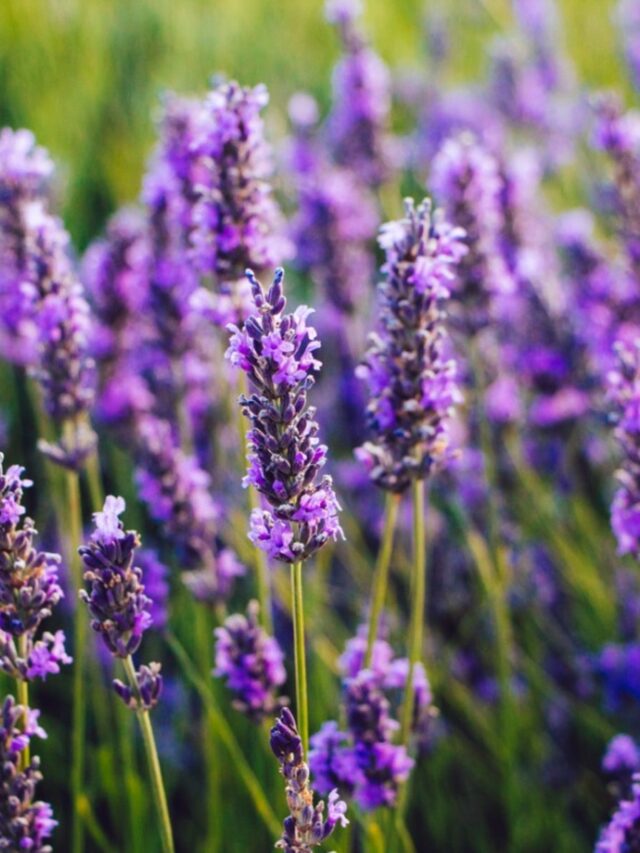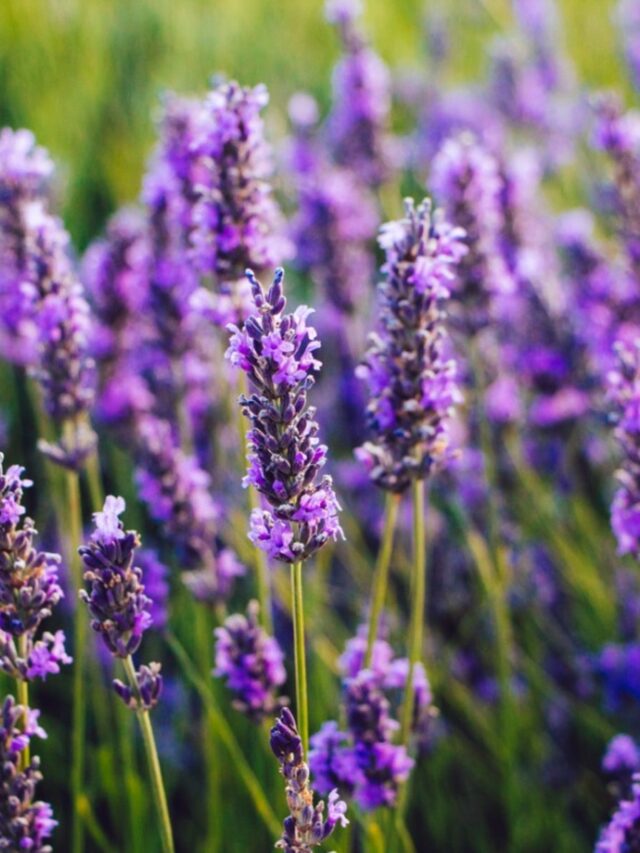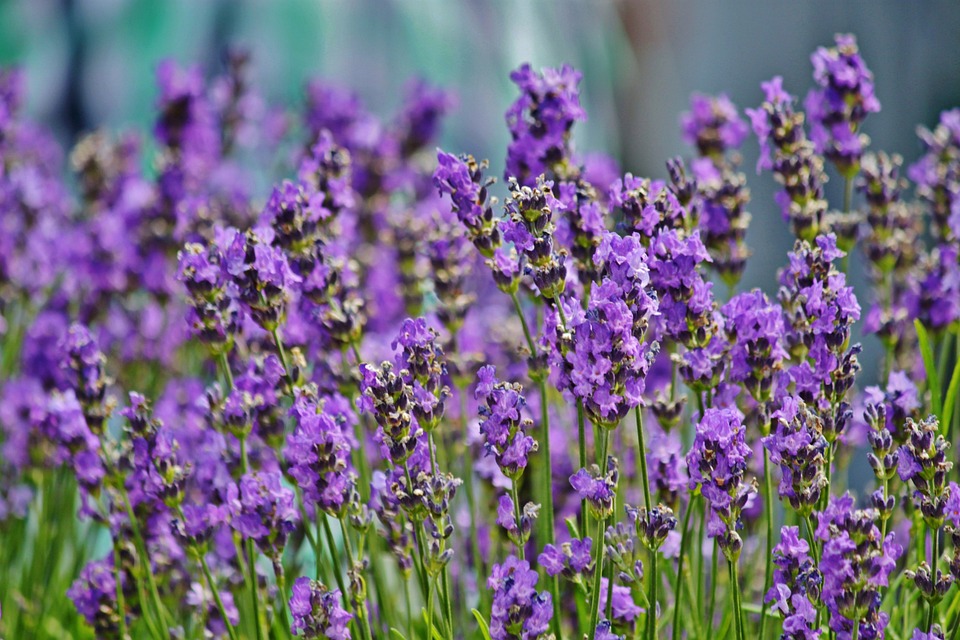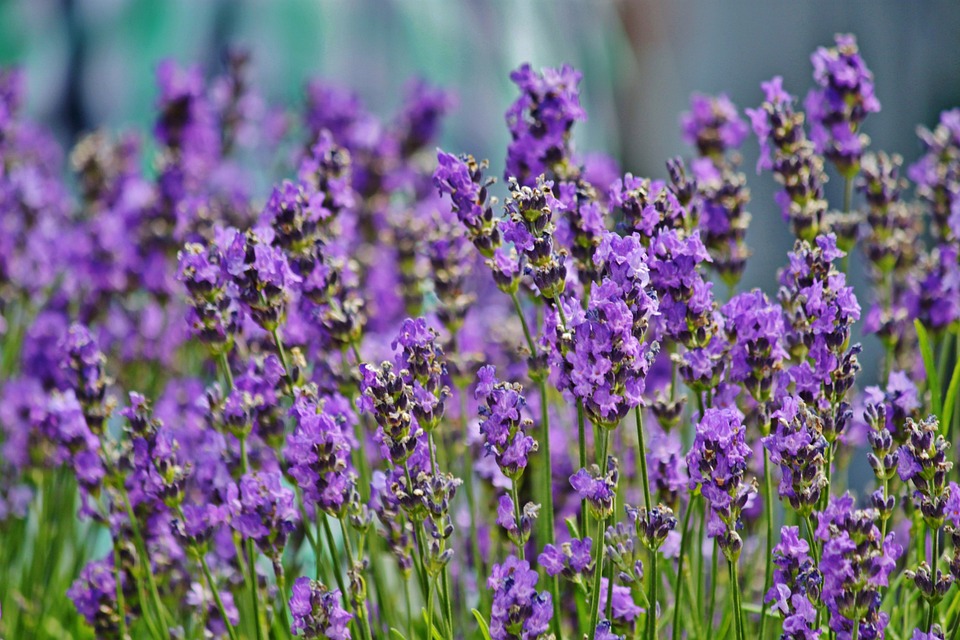In today’s world, where environmental concerns are at the forefront of public consciousness, creating habitats that support pollinators has become increasingly important.
Pollinators, such as bees, butterflies, and hummingbirds, play a crucial role in our ecosystems by facilitating the reproduction of flowering plants.
However, factors like habitat loss, pesticide use, and climate change threaten their populations.
One effective way individuals can contribute to pollinator conservation is by planting perennial flowers that provide essential food and shelter.
This article explores the significance of pollinators, the benefits of perennial flowers, and practical tips for establishing a pollinator paradise in your own garden.
The Importance of Pollinators

Pollinators are indispensable to both natural ecosystems and agricultural systems.
They are responsible for pollinating over 75% of flowering plants and nearly 75% of crops globally.
Without pollinators, many plants would not produce fruits and seeds, leading to a decline in biodiversity and a significant reduction in food availability for other wildlife and humans alike.
Bees, in particular, are among the most effective and efficient pollinators.
They visit flowers to collect nectar and pollen, inadvertently transferring pollen between flowers as they move. Butterflies and moths, attracted to flowers for nectar, also contribute to pollination.
Additionally, hummingbirds, with their long bills adapted for sipping nectar, play a vital role in pollinating certain flowers, especially in the Americas.
Perennial Flowers: A Sustainable Choice

Perennial flowers are plants that live for more than two years, returning each season without needing to be replanted annually.
They offer several advantages for creating pollinator-friendly gardens:
Longevity and Stability: Perennials establish deep root systems over time, which improves soil structure and reduces erosion.
This stability provides a consistent food source for pollinators throughout the year.
Diverse Bloom Times: Perennials bloom at different times during the growing season, ensuring a continuous supply of nectar and pollen from early spring to late fall.
This diversity helps sustain pollinator populations through changing weather patterns and seasons.
Adaptability: Many perennial flowers are native to specific regions, making them well-adapted to local climate conditions and soil types.
Native plants are generally easier to grow and maintain, requiring less water and fertilizer compared to non-native species.
Wildlife Habitat: Perennial gardens attract a variety of wildlife besides pollinators, such as beneficial insects, birds, and small mammals.
These habitats contribute to overall biodiversity and ecosystem health.
Practical Steps to Create a Pollinator Paradise

Now that we understand the importance of pollinators and the benefits of perennial flowers, here are some practical steps to establish a pollinator-friendly garden:
Choose Native Perennials: Research native perennial plants that thrive in your region.
Native species are adapted to local conditions and provide the best resources for local pollinators.
Create Diversity: Select a variety of flowers with different colors, shapes, and bloom times.
This diversity attracts a wide range of pollinators and ensures a continuous food supply throughout the year.
Provide Shelter and Water: Incorporate shrubs, trees, and water sources like shallow dishes or birdbaths into your garden.
Pollinators need safe spaces to rest and drink between foraging trips.
Avoid Pesticides: Minimize or eliminate the use of pesticides and herbicides in your garden.
These chemicals can harm pollinators directly or indirectly by reducing their food sources.
Maintain Garden Health: Regularly prune dead flowers and remove invasive species to promote plant growth and prevent diseases.
Healthy plants produce more nectar and pollen for pollinators.
Educate and Advocate: Share your knowledge and passion for pollinator conservation with friends, family, and community members.
Encourage others to create their own pollinator paradises and support local conservation efforts.
Conclusion
Creating a pollinator paradise with perennial flowers is a rewarding endeavor that benefits not only pollinators but also enhances the beauty and biodiversity of your surroundings.
By planting native perennials, providing essential resources, and adopting sustainable gardening
practices,you can make a significant contribution to conserving pollinator populations and promoting environmental stewardship.
Whether you have a small backyard garden or acres of land, every effort counts in creating a thriving
habitat for these vital creatures. Start today, and watch your garden bloom with life while helping to protect our planet’s pollinator species for generations to come.






